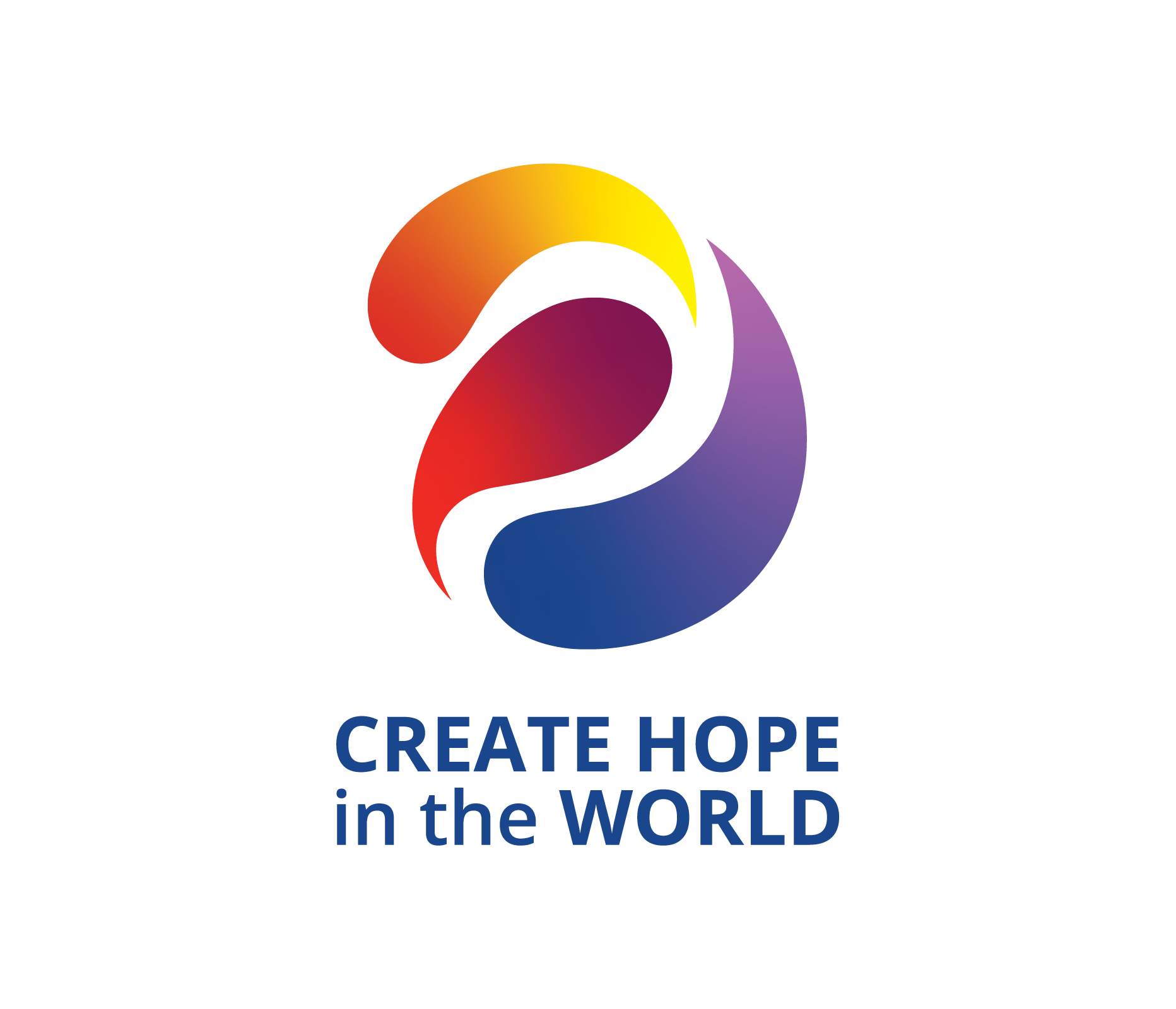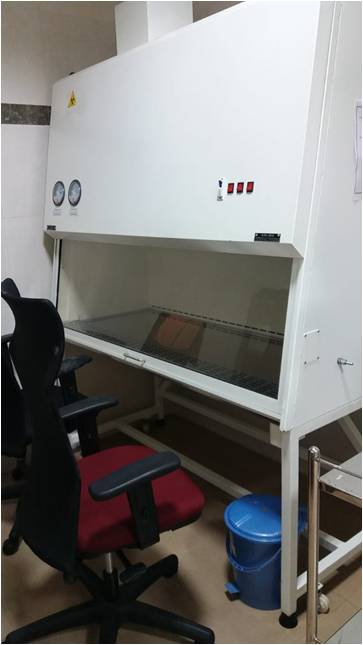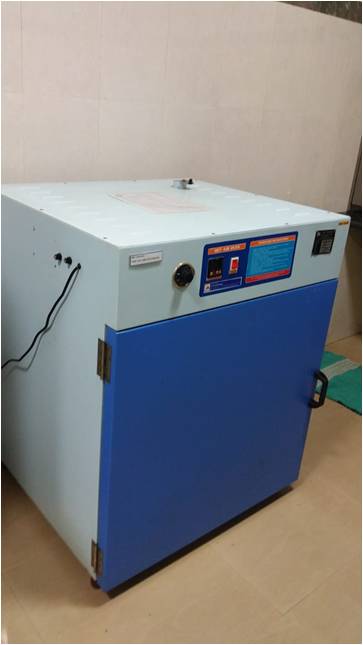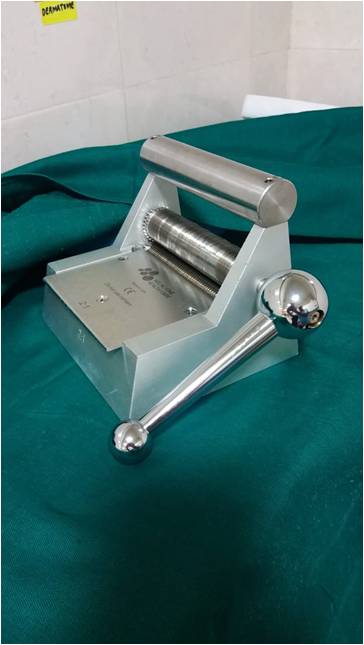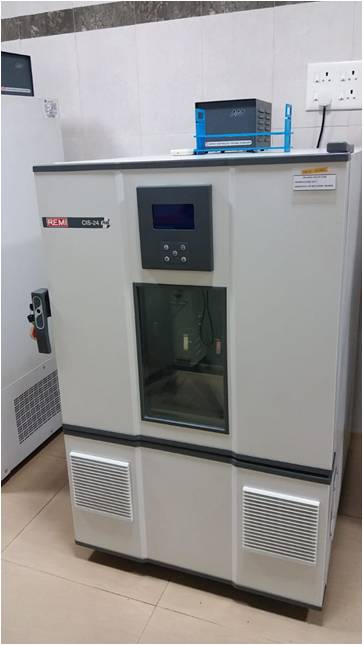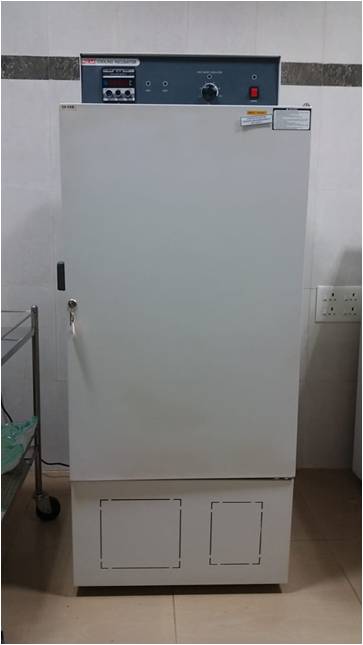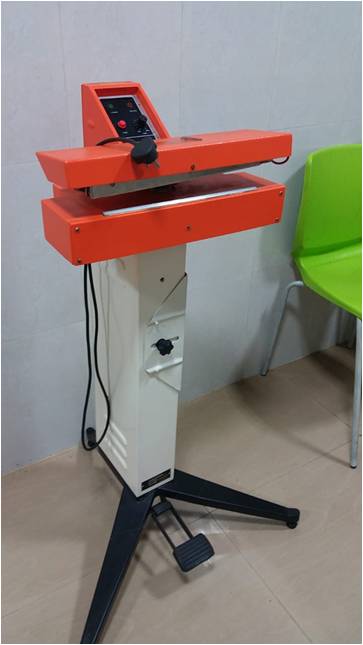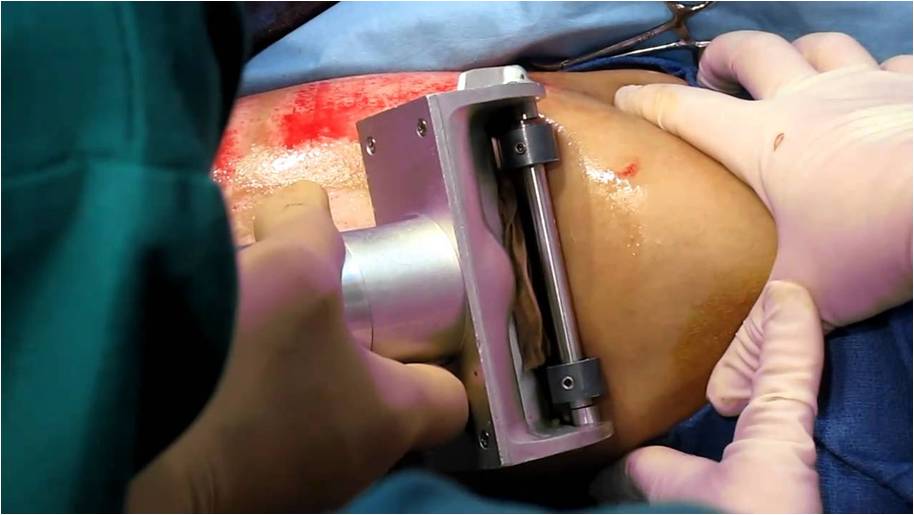SKIN BANK PROJECT
Striving to build lasting change Rotary Club of Hyderabad East has initiated the signature Project of Skin Bank that will fill the large gap for skin to prevent burn wound infection and help save lives. Being first of its kind Skin Bank, this signature project of Rotary Club of Hyderabad East will help make large strides in improving burn care in Telangana.
To ensure substantiality the Skin Bank project RCHE is partnering with Osmania general Hospital, so that the most in need patients are able get the life saving service at no cost. The skin bank is being set up on the premises of the hospital. Rotary Club of Hyderabad East will raise the funds to provide the technical infrastructure, equipment and training while Osmania General Hospital through its Department of Skin will advance the management, clinical aspects and treatment.
Globally, burn injuries are the fourth most common cause of trauma, accounting for 11 million injuries and over 300,000 deaths each year. The magnitude of burns injuries in India is immense, according to WHO, in India, over 10 lakh people are moderately or severely burnt every year, with about 57% deaths.
Nearly 1 to 1.5 lac people get crippled and require multiple surgeries and prolonged rehabilitation. Women and children are particularly vulnerable to burns. Burns are the 11th leading cause of death of children aged between one and nine years and are also the fifth most common cause of non-fatal childhood injuries. Most of the patients belong to poor socioeconomic strata. Skin burns leave open wounds. With the body’s first line of defence destroyed it undergoes dehydration and temperature loss. In case of severe burns, multi-organ function is affected within three to five days and patients do not survive easily. With skin grafting, once the protective layer of the skin is back, the wound starts healing and it improves the survival rate of the victim, therefore the skin bank becomes a critical need for survival of burn patients.
Trained doctors and staff harvest skin from a cadaver within six hours from the time of death, after consent for the donation is given. An extremely thin layer of skin, 0.4 to 0.6 mm in thickness, which consists of the epidermis and a part of the dermis, is harvested and stored at a temperature below 4 degree Celsius at the bank.
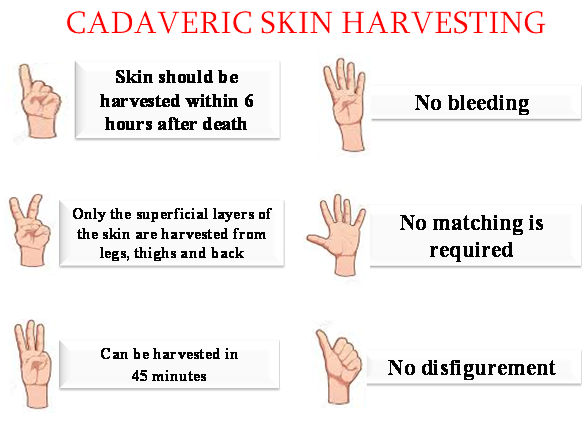
The long-term sustainability of this program ultimately depends on educating patients and spreading awareness to overcome the cultural and religious barriers for normalising skin donations.
The life-saving potential of a skin bank offers a sustainable, cost-effective, and feasible solution for reducing mortality in acute burn injuries, we thank you for your support and your contribution, this will help not only improve the quality of life of burn patients and but also save lives of several thousand each year.
DONATE NOW